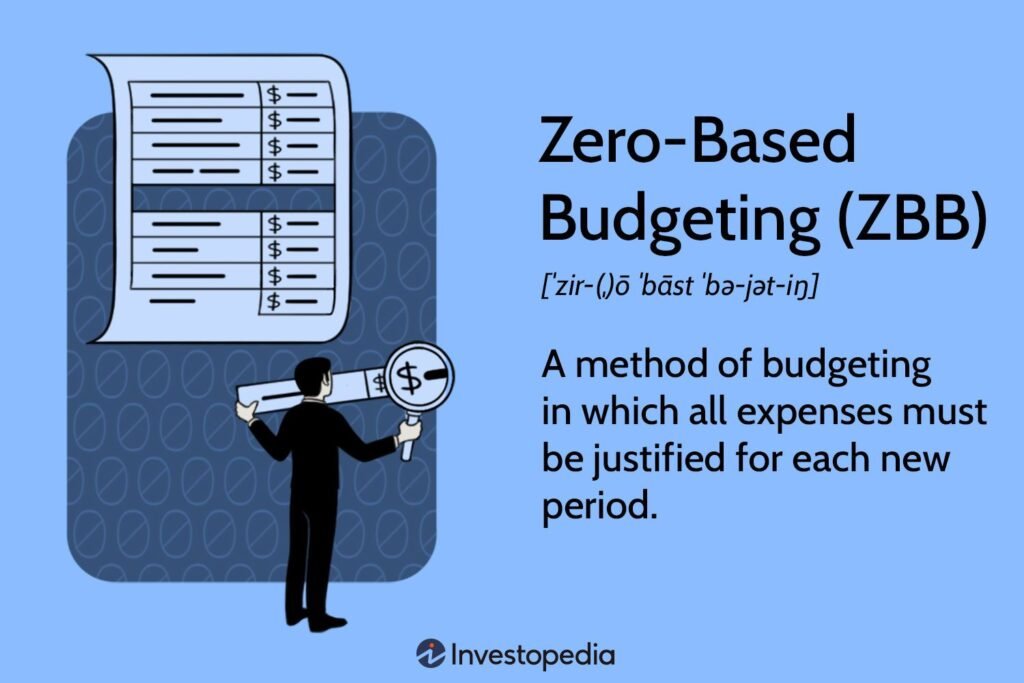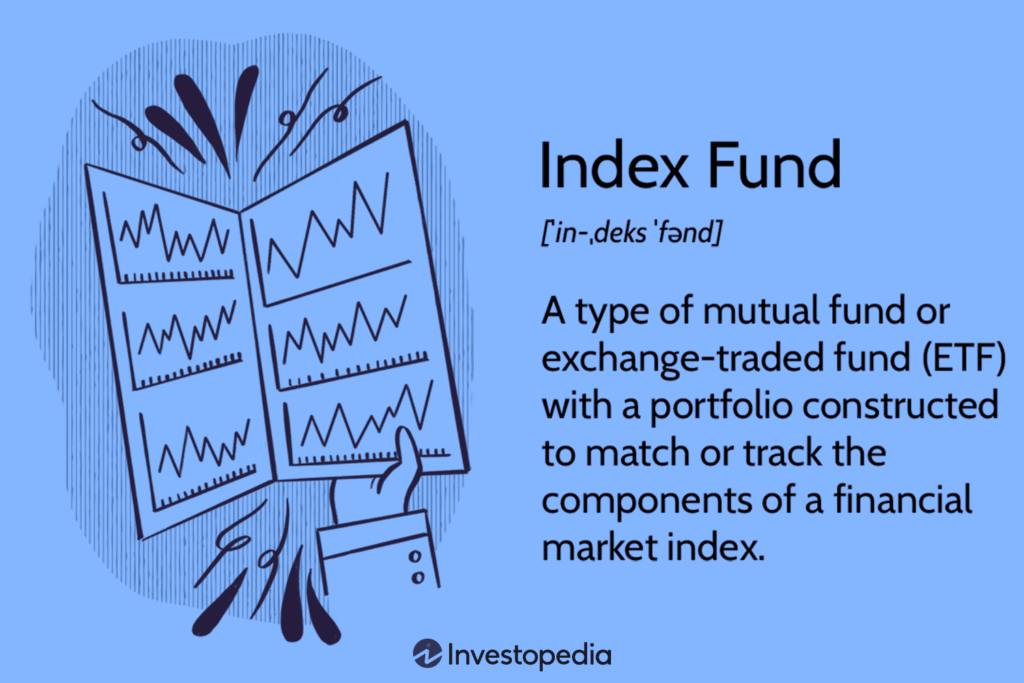“Kill the Impulse: Masculine Money Tactics That Defy Modern Consumerism”
Modern society wants you broke, distracted, and constantly chasing dopamine hits in the form of the next new gadget, subscription, or lifestyle upgrade.
But not you.
You’re not here to play that game.
You’re here to dominate your finances with the discipline of a warrior, the detachment of a Stoic, and the focus of a legacy builder. This is financial stoicism — budgeting for the emotionless man who doesn’t flinch at pressure and doesn’t spend for validation.
Let’s break down the 7 ruthless financial stoicism habits that turn you into a high-value man in full control of his money, mindset, and mission.
Table of Contents
1. Embrace Tactical Budgeting Like a Warrior’s Code
You don’t need a spreadsheet.
You need a battle plan.
Tactical budgeting isn’t about tracking every coffee — it’s about assigning every single dollar a job, just like a soldier in a formation. You are the general. Your money obeys orders.
Use a zero-based budgeting system. Before each month starts, allocate every dollar of your income — not one should be idle. This prevents mission drift and kills the temptation to “see what’s left.”

Key tactics:
- Use cash envelopes for variable expenses (e.g., food, entertainment).
- Budget with intention — tie spending to values, not convenience.
- Skip subscription budgeting apps. Instead, use minimal tools like a whiteboard, journal, or simple Google Sheet.
Financial stoicism starts by treating money like an asset to command, not a toy to play with.
2. Destroy Impulse with the 72-Hour Rule
Impulse spending is the disease. The 72-hour rule is the cure.
Whenever you’re tempted to buy something — anything — wait 72 hours. This forces your brain to detach from the emotional trigger and re-engage logic.
You don’t need that new smartwatch. You just felt like you needed it. Big difference.
Masculine men are strategic, not reactive. You don’t chase feelings — you chase outcomes.
Try this:
- Create a “cooling off” list in your notes app.
- Add any non-essential item you want to buy.
- Revisit it after 3 days. 9 times out of 10, you’ll realize it wasn’t worth it.
This single tactic can save you thousands every year — and more importantly, train your brain to reject consumerism’s emotional grip.
3. Invest in Legacy, Not Lifestyle
Real men think in decades, not weekends.
You weren’t born to flex. You were born to build.
Financial stoicism rejects the flashy lifestyle for legacy investing — the kind of moves that make your grandchildren grateful.
No, it’s not sexy. But it is immensely powerful.
Start pouring your surplus into:
- Index funds (long-term market exposure)

- Real estate (ownership, leverage, cash flow)

- Your own business or skillset (control and equity)
- Precious metals or land (hedges against inflation)

Every dollar you don’t spend today is a weapon in your arsenal tomorrow.
Let others chase Teslas and travel selfies. You’re busy stacking assets your future self will salute you for.
4. Automate or Eliminate
Your budget should run like a machine, not a mood swing.
Financial stoicism means systemizing everything. Why? Because willpower is inconsistent — systems are reliable.
Set up auto-drafts for:
- Emergency fund contributions
- Investment accounts
- Recurring bills (rent, insurance, utilities)
If it can’t be automated, ask: Can it be eliminated?
Stop managing 27 bank accounts, 9 streaming services, and 14 expense categories. That’s noise.
Cut it down to the essentials. Keep your financial architecture simple and lethal.
Automate savings. Eliminate fluff. Outperform 90% of people who still rely on motivation.
5. Track Ruthlessly, React Never
You are not your net worth.
But your net worth is your battlefield.
A stoic man tracks his progress with detachment — no pride, no shame, just data.
Every week, review your:
- Income
- Expenses
- Net worth
- Investment performance
- Cash reserves
Track everything. React to nothing.
See a loss? Adjust the system. Don’t spiral.
See a gain? Cool. Don’t get cocky.
Emotionless tracking builds unshakable clarity. And clarity breeds power.
You wouldn’t fly blind in combat. Don’t do it with your money either.
6. Cut to the Bone: Minimalism as Financial Armor
You don’t need more stuff. You need more space — mentally, financially, and physically.
Minimalism isn’t weakness — it’s armor. Every item you don’t buy is one less distraction. Every subscription you cancel is one less drain on your resources.
Adopt the mindset: If it’s not essential, it’s in the way.
That goes for:
- Your wardrobe (simplicity = focus)
- Your furniture (clean = clarity)
- Your apps (less = more energy)
- Your schedule (fewer commitments = more power)
Consumerism is chaos. Minimalism is strategy.
Live light. Move fast. Own your environment.
7. Stack Cash, Stack Power
Emergency funds aren’t just for emergencies. They’re freedom funds.
They let you walk away from a job you hate, a deal that stinks, or a city that drains you. When you have 6–12 months of expenses stashed in cash, you move from survival to sovereignty.
Beyond that, start stacking dry powder — cash reserves ready to deploy into high-value opportunities.
That might be:
- Buying a distressed asset
- Funding your own venture
- Supporting a family member in crisis (with strength, not struggle)
Cash is power. It buys you options when others panic.
Don’t just budget to survive. Budget to dominate.
💥 FAQ: Financial Stoicism & Emotionless Budgeting for Men
1. What is financial stoicism?
It’s a philosophy of money management rooted in logic, discipline, and detachment from emotional spending and consumerism.
2. Why should men adopt financial stoicism?
To build long-term wealth, legacy, and self-sovereignty without falling into debt, emotional purchases, or lifestyle traps.
3. Is budgeting emotional?
Most people budget based on how they feel. Financial stoicism removes emotion and replaces it with structure and clarity.
4. What is tactical budgeting?
It’s assigning every dollar a job before the month begins — like commanding troops in battle.
5. Can you still enjoy life with financial stoicism?
Yes — but enjoyment comes from freedom and control, not consumption.
6. How is minimalism connected to money?
Minimalism reduces your costs, distractions, and decision fatigue — freeing up energy and money for what matters.
7. What’s the 72-hour rule in spending?
It’s a delay tactic: wait 72 hours before buying anything non-essential to kill impulse.
8. How much cash should I save?
At least 6 months of living expenses. More if you’re self-employed or have dependents.
9. How do I start investing with financial stoicism?
Focus on long-term, low-cost investments like index funds and real estate. Avoid hype.
10. Should I automate my finances?
Yes. Automation removes emotion and ensures consistency in saving and investing.
11. Can financial stoicism help with debt?
Absolutely. It prioritizes eliminating high-interest debt as a path to freedom.
12. How often should I track my finances?
Weekly is ideal. Monthly at minimum.
13. Is luxury spending anti-stoic?
If it’s ego-driven or emotional, yes. Stoicism supports intentional, value-driven spending.
14. Do I need to use budgeting apps?
No. Simpler is often better. Use what works without adding friction.
15. What’s the difference between budgeting and wealth building?
Budgeting is short-term control. Wealth building is long-term strategy. Stoicism aligns both.
16. Can I be generous and still be financially stoic?
Yes — generosity without sacrifice is noble. Stoicism encourages giving from strength, not scarcity.
17. What should I eliminate first?
Any expense that brings low value or is emotionally reactive. Start with subscriptions, junk food, and retail therapy.
18. What is “legacy investing”?
It’s putting money into assets that outlive you — like businesses, real estate, or education for your children.
19. How does financial stoicism improve masculinity?
It builds discipline, clarity, and control — masculine traits that lead to freedom and impact.
20. Where should I begin if I’m completely new to this?
Start by tracking your last 30 days of spending. Awareness is the first step to mastery.
The War Against Consumerism Starts With You
You’re not supposed to win.
This world is designed to keep you docile, in debt, and distracted — emotionally reactive and financially unstable.
But that ends with you.
Financial stoicism is your weapon.
It’s how you reject the noise, kill the impulse, and build something that lasts.
You don’t need more dopamine hits.
You need discipline.
You need direction.
You need a code.
“The stoic man doesn’t budget to save. He budgets to conquer.”
Your Next Move: Take One Step Today
Don’t overthink it. Pick one habit and go all-in this week:
- Start a zero-based budget.
- Open a new high-yield savings account.
- Delete every shopping app from your phone.
- Cancel three subscriptions you forgot you had.
- Set up automatic transfers to your investment account.
You don’t have to become perfect overnight.
But you do have to become intentional right now.
Financial stoicism isn’t a phase. It’s a philosophy.
And when you embrace it, you’ll unlock more power, peace, and purpose than consumerism ever could offer. Subscribe to MindGearMen.


